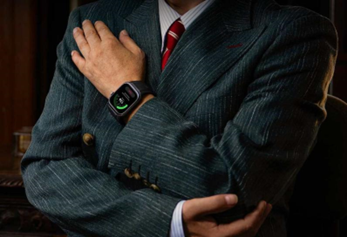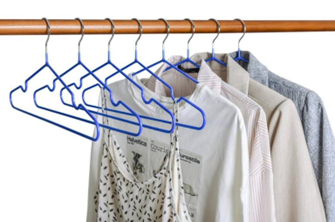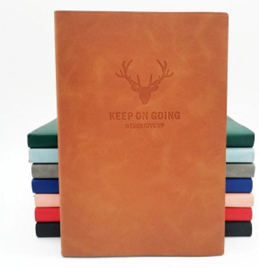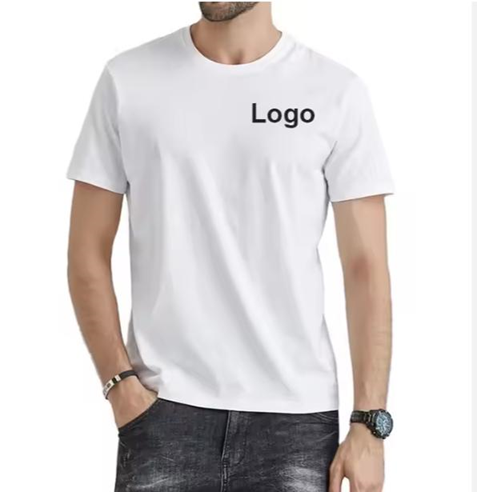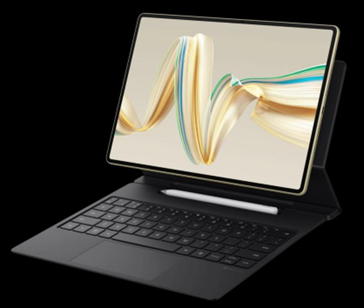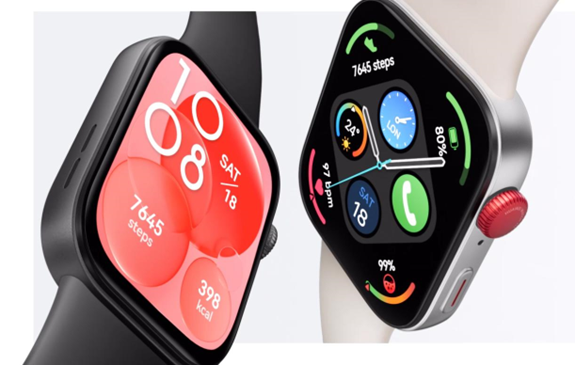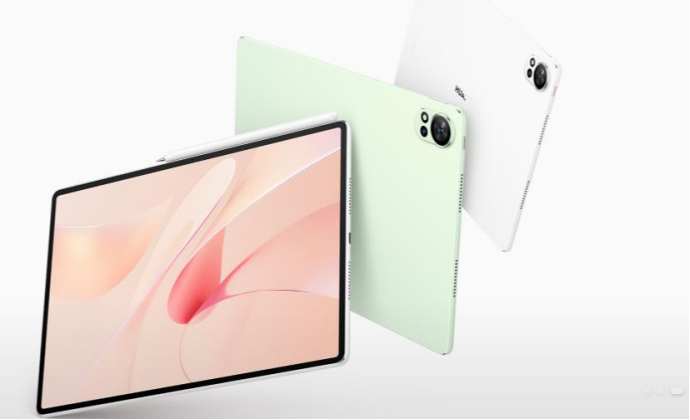Sony's mirrorless camera system is the darling of YouTubers, vloggers, and pro photographers. It's a mature system, with the widest selection of lenses and accessories you can find for any mirrorless line. And, with the introduction of the Airpeak S1 drone, the only system with a tightly integrated platform for aerial imaging.
The Airpeak S1 is still under development, but Sony has meted out some information ahead of a planned autumn launch. It's a larger aircraft, similar in size and shape to the DJI Inspire 2, but with more power for beefier payloads, quicker acceleration, and full remote camera control.
The quadcopter includes safety features too. Onboard cameras map the surrounding environment to brake when obstacles are detected and help keep it steady when GPS isn't available. With GPS enabled you'll get return-to-home, a customizable geofence, and other basic safety features.
Sony is targeting high-end users with this one too. The S1 is more likely to be used in production environments, and is priced in line. It starts at $8,999.99, a figure that does not include the price of a camera, lens, or gimbal, or even spare propellers. You get the S1, a single remote control, two flight batteries, and four propellers in the kit.
That's not everything you need to get started. The gimbal isn't included, for one. It's the only piece of the package not developed by Sony. Instead the S1 uses a custom edition of the Gremsy T3, with design changes made specifically to match this aircraft. Pricing isn't available, but the standard edition of the T3 sells for $1,749. You shouldn't be surprised if the Airpeak edition costs more.
It's an expensive proposition, one that puts you over the $10,000 mark without even taking the cost of the camera, spare propellers, extra batteries, and a carrying case into account. If you had expected Sony to deliver a consumer drone to compete with the DJI Mavic Air 2, you are in for some disappointment.

Pros will absolutely want a second remote. The Airpeak S1 supports dual operator control. For use in cinema, that means you'll have a licensed pilot operating the aircraft and a cinematographer handling the camera and gimbal controls.
It's a good idea to have a pilot paying attention to piloting. The S1 has more get-up-and-go than the already-speedy DJI Inspire 2. The S1 accelerates from 0 to 50mph in 3.5 seconds (versus 5 seconds for the Inspire 2), is stable in 44.7mph wind, and can fly at just under 56mph without a payload.
Extra flight batteries are important too. The S1 is powered by two flight batteries, but is only good for about 22 minutes of flight time without a payload. With the a7S III and 24mm F1.4 GM loaded, a pretty standard kit for aerial work, airtime is cut down to 12 minutes. You'll want to have your shots planned out before you take off.
It makes your choice of camera matter. The S1 supports the Sony a1, a9 II, a7S III, a7R IV, and FX3 and FE prime lenses from 14mm through 85mm. You'll get more flight time with a slimmed-down package built around the FX3, a small lens like the FE 24mm F2.8 G, than you will with a heavier camera and lens.
You'll enjoy full control of a Sony camera via the remote. Sony isn't officially supporting other brands, but the gimbal uses standard HDMI and USB connections to communicate with a camera, so you'll still receive a live video feed when using another brand.
Software support matters too. The Airpeak S1 requires an iOS device to run its control app, and Sony hasn't yet committed to developing a version for Android devices. The S1 remote is big enough to hold a tablet, and Sony expects more operators to use iPads as a display due due to the large screen size.
Web-based software is included too. Airpeak Base is a cloud app for fleet management—useful for rental houses and production studios. It also includes mission planning tools for preset waypoints and camera movements and a logbook so you can review previous flights.
We'll have more details on the Airpeak S1 when its release date nears. Sony expects to ship units this fall.

